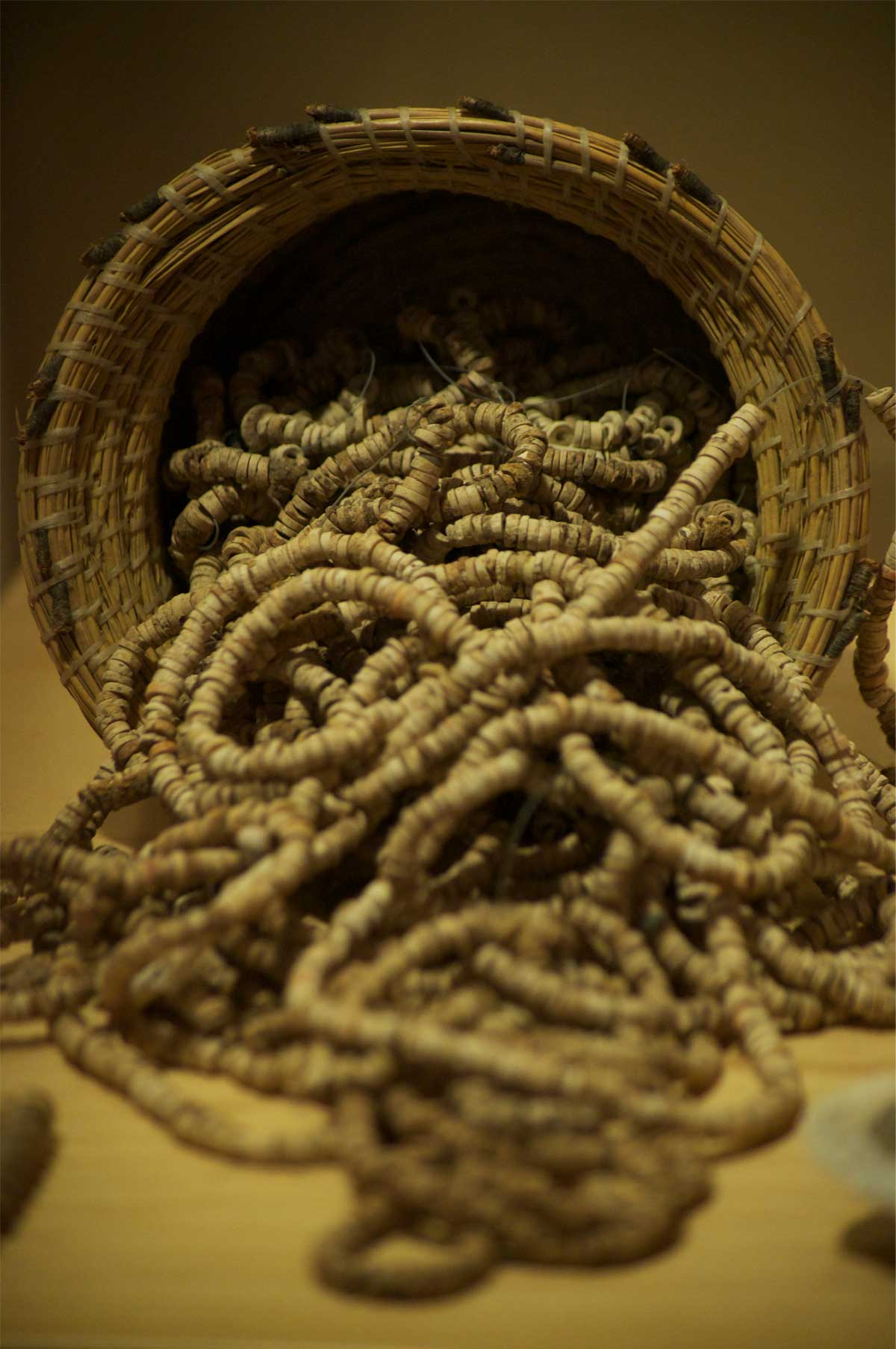About Our Archives
Preserving Our Rich Heritage
Exploring The Secwépemc Cultural Archives
The Secwépemc Archives is an important cultural resource that has been part of the Museum since its establishment in 1982 by the 17 bands of the Shuswap Nation.
Over the years the archives have become an important repository for historical documents, photographs, oral history tapes and transcripts of interviews with Elders and Knowledge Keepers, genealogical and census information, videotapes, CDs, and films, records from the Kamloops Indian Residential School, microfilm of the government “Black series” (RG10), books on Indigenous topics, reports relating to land claims research such as the Douglas Specific Claim and industrial projects such as the Ajax Mine proposal, maps and blueprints, and artwork including a large body of paintings and drawings by the late Dave Seymour.
All these records contain invaluable knowledge about the Secwépemc people, our culture and traditions, and our traditional territory, Secwepemcúl’ecw. The archives are a “living” resource and archival work is never finished, whether it is collecting, undertaking research, or organizing materials for public use. We are in the process of organizing and cataloguing many of our archival materials, digitizing photographs and films, and other materials, creating finding aids, and writing descriptions to help future generations and researchers.
Most of our archival records are open to the public, but some are only available by a research request. Certain historical records and interviews are restricted to a family, a specific person, or chief & council. Please contact the museum for further information.
PHOTOGRAPHS
The archives has over 1000 photographs from a variety of sources. Some show the students, staff, and building of the former Kamloops Indian Residential School, while others show photos of places, and people.
MAPS
Cartographic resources are important in determining boundaries of traditional territories, routes of historical geological surveys and travels, and archaeological digs.
KAMLOOPS INDIAN RESIDENTIAL SCHOOL
There are copies and original records of the Kamloops Indian Residential School including documents and photographs about the history of the school. The former St. Joseph’s Residential School in Williams Lake constitutes a small collection, as well as general information about residential schools across Canada. Records are available by research request to Chief & Council.
LAND CLAIMS
The archives holds extensive documentation on land claims of the Secwépemc Nation, the Tḱemlups te Secwépemc and the Douglas Reserve Initiative.
MEDIA
The archives also hold newspapers such as the Secwépemc News, newsletters such as the Tk’emlúps te Secwépemc Lexéy’em, correspondence of the Mika Nika Club and the Secwépemc Cultural Education Society (the founding organization of the museum and archives), the Shuswap Nation Tribal Council (SNTC), the Central Interior Tribal Council, and other organizations. The Archives has VHS, Reel to Reel, and other media formats of conferences, meetings, and songs and stories of the Secwépemc people. These are in the process of being digitized for research and public use.
LIBRARY
The books held in the archive include copies of the valuable works of ethnologist James Teit, geologist George Dawson, and anthropologists and archaeologists who have undertaken research in the lives, history, and culture of the Secwépemc people.
All of these records contain invaluable information about the Secwépemc people, their culture and traditions, and their traditional territory, Secwepemcúl̓ecw.

More About The Archives
Contact the Archivist
The Archives is currently closed to researchers, but we are available to respond to questions and accept phone, e-mail, and mail inquiries at the contact information below. We are also able to accept donations upon appointment.
Contact the Archivist, Kenneth Favrholdt, to learn more or to make a donation.